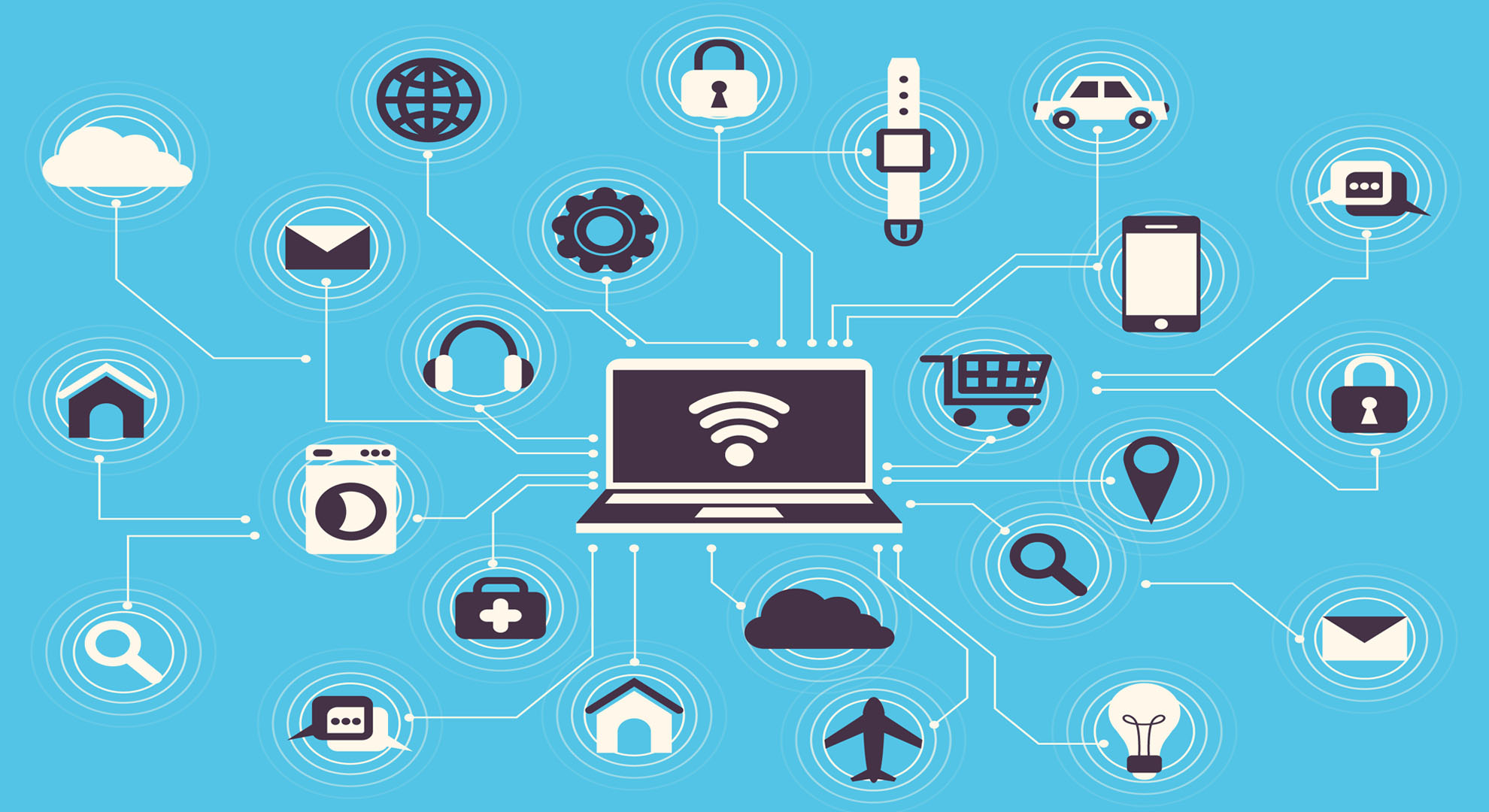The Internet of Things is gaining hype like any other technologies such as Blockchain, Chatbots, and Artificial Intelligence. It is not just a buzzword, but it would be wise to call it a business. The technology has already paved its path at tech giants including SAP, Microsoft, and Dell. It is not only limited to big corporations; IoT is becoming part of every home and common man’s life.
Gartner predicts, “By 2020, our world will contain 26 billion connected things and almost 30 fold increase from the 900 million connected products sold in 2009”.
There is a lot more to expect from IoT, as technology is evolving day-by-day and making lives easier. Before we move further, let’s have a look at what IoT is all about?
What is the Internet of Things?
The internet of things is a network of physical devices embedded with electronics, software actuators and connectivity, which allows them to connect with these objects and exchange data. When it comes to making the first IoT product, it is quite difficult to decide on its features and align the team to come on one page.
For this reason, prototyping is to help product developers develop an information system that is easy to manipulate for the end users. Prototyping is an iterative approach that plays an important role in analyzing the development of the product.
It comes in various forms from low-tech sketches or paper screens from which developers can paste controls and objects to high tech operational system. Without further ado, let’s have a look at how to develop prototypes for your first IoT project.
Also Read: 9 Best Internet of Things Devices You Must Try
Prototype ferociously and Figure out the Most Difficult Problem
Full-scale development will blow your money away. Rather, your resources should focus on prototyping the product extensively. Just like Snapchat’s new Spectacles look, the company is engaged in prototyping for over a year. According to CEO Evan Spiegel told Wall Street Journal, “It is about us figuring out if it fits into people’s lives and seeing how they like it”.
Prototyping is the first move to determine the best path to make your customers happy. Make sure that you test the product thoroughly, hardware materials, ease of use and the cost. If you haven’t invested your time in prototyping, your first product might fall flat.
When prototyping IoT, make sure to figure out the biggest problem. It will help you come up with the product’s riskiest conventions. For example, if the biggest problem is how to get the mobile devices to speak with your product, here is the first prototype, you must focus on.
It will help you to come up with a major product decision, rather than wasting days or months in the development cycle. By this time, you have spent tens of thousands developing a defective product.
Do in-depth Research and Development
After determining the problems, you are going to solve in your prototype, now it is time to start developing. This covers all the aspects of discovering the type of technologies you need to create. However, you need to keep in mind that it needs some testing and experimentation.
The process requires you to research, develop and deploy. It is in fact, the most challenging problem but once it is done the path to develop, your first IoT prototype will be easier. Don’t get frustrated and it does not mean that you are failing, rather you are trying different technologies and come to know what won’t work for your product.
Don’t Miscalculate the Production Cost
Many startups fail not because of their idea, but they tend to overpromise and spend relentlessly regardless of limited resources. Make sure that you look at your resources and try to spend it wisely. The cost to produce hardware at a bigger scale tends to surprise startup entrepreneurs and overcomes the budget. The catch here is to get wins from software instead of overpromising with hardware.
Start Building the Prototype
Now that you have estimated the budget, you need to start building your first IoT product. Once you learn how challenges can be handled, the process will get smoother and easier. You might need to find the solutions to the problem by learning through online journals, articles, and videos.
Finalize Your Product
Once you have developed your product, now it is time to polish it. Fix the bugs and errors both persisting in hardware and software. Look at various aspects of the product and think as if you are the end user. Keeping yourself in the shoes of end users will help you come up with many ideas and fixes. Try to figure out what can be done to improve the product and make it user-friendly. Make sure to involve your team as well and find someone from outside who can test it and give valued feedback.
Developing your first IoT product might seem daunting, but once you have stepped in, your company must keep pushing. You must be ready to embrace the unexplored journey with bruises and hurdles.









